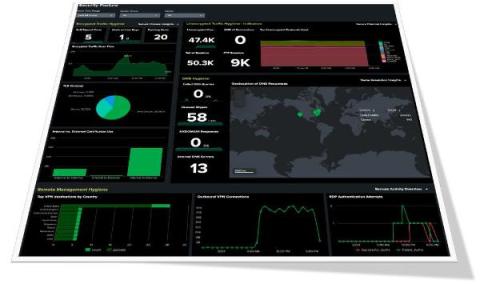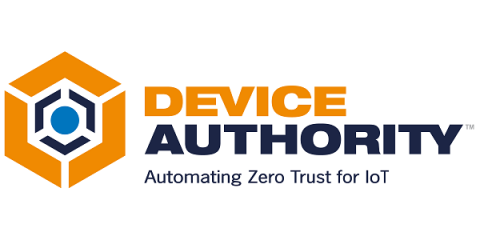Simplify SOC analyst experience with the enhanced Corelight Splunk App
Security operations centers (SOCs) play a vital role in detection, containment and mitigation of today’s advanced cyber attacks. SoC teams are also responsible for proactively hunting for threats, and improving the organization’s overall security posture. Modern SOC analysts struggle with alert fatigue.









